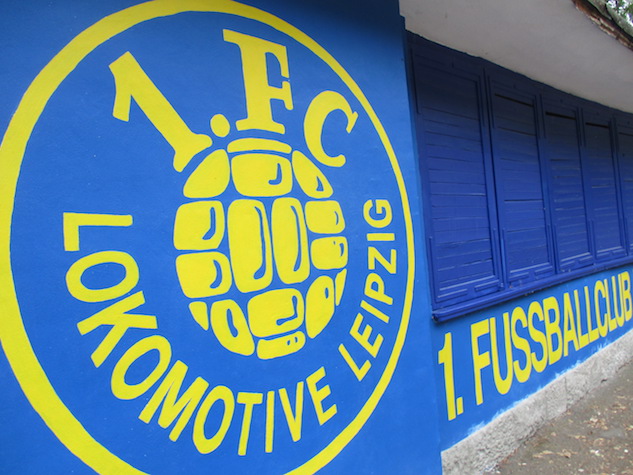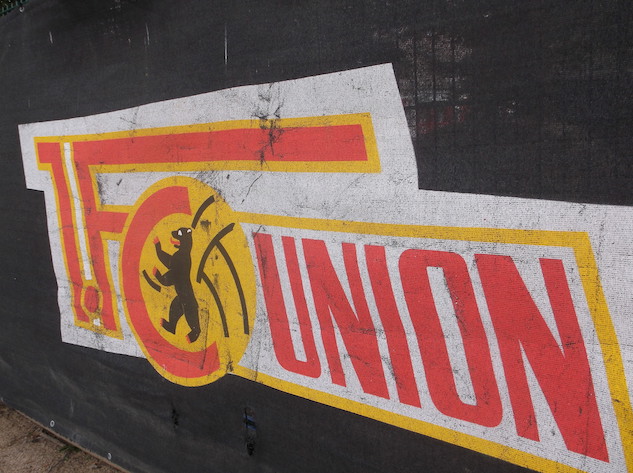Back in the GDR: A German Football Revival Without The Bull
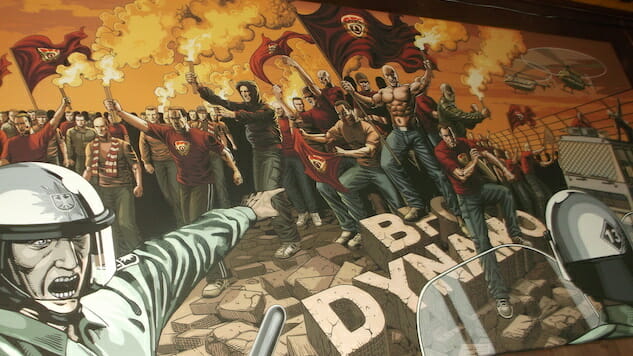
The begrudged success of recent Bundesliga leaders RB Leipzig hides a more authentic phenomenon in what was once East Germany.
Manufactured by an Austrian energy-drink billionaire, the much-maligned title contenders have beaten the likes of Borussia Dortmund and Schalke this season in front of a full house at the Red Bull Arena. But away from the former national Zentralstadion, clubs from the old DDR-Oberliga days have also been attracting crowds and putting in championship challenges.
Take a fixture scheduled for later this month. In the second tier, Dynamo Dresden host Union Berlin, each with a realistic chance of earning a place in the Bundesliga in 2017-18. The pairing has echoes of the same game in the former GDR, its boardrooms controlled by the State but with genuine grass-roots affection on the terraces.
Moving past the sleeping giants of Kaiserslautern and Nuremberg in this season’s Zweite Bundesliga, Dynamo and Union bring in 20,000-plus gates as each side from the old East aims for a play-off place currently occupied by Stuttgart.
For Union, the Bundesliga is terra incognita. For Dresden, promotion would mean a return after a 22-year absence.
After 1989, the top six finishers in the former GDR Oberliga gained places in the highest two echelons of the new all-German league. Yet flummoxed by the free market and the loss of key players to Western clubs, all soon sank to the then third-tier Regionalliga Nordost, the elephant’s graveyard of former East-German superpowers.
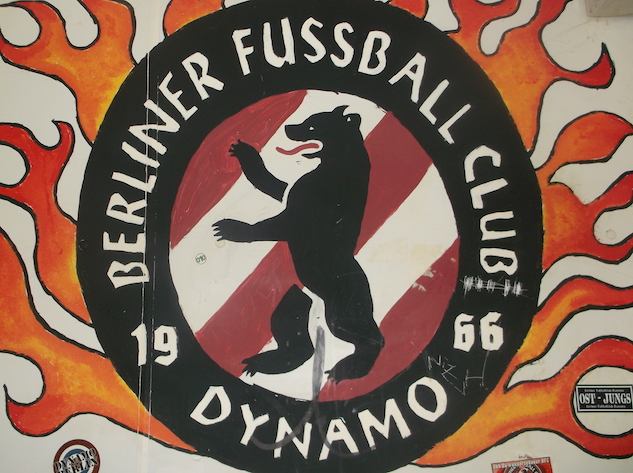
Others fell even deeper. Infamous Dynamo Berlin, ten-time consecutive GDR title-winners backed by Secret Police chief Erich Mielke, were later marooned in the local Berlin league, akin to a bankrupt Chelsea playing park football on Hackney Marshes.
This would have inspired a few wry smiles in Dresden—their successful side of 1954 was ordered by Mielke to move to the capital to become Dynamo Berlin. They later infamously won ten straight GDR titles, key matches sometimes decided on strange refereeing decisions. Dresden’s remaining youth and reserve players struggled on and climbed back up the league ladder and won a string of East-German titles—legitimately—in front of 25,000 crowds.
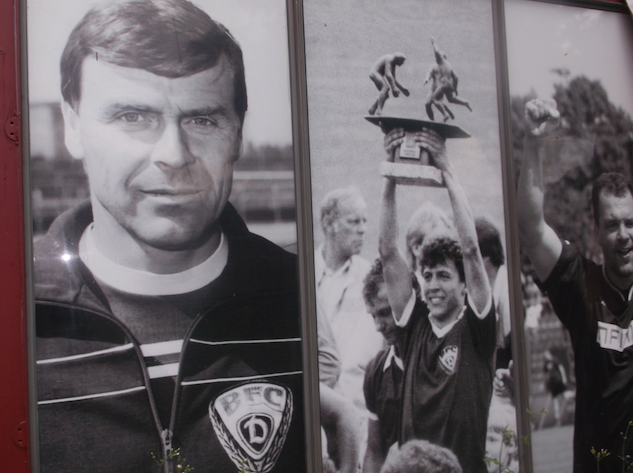
This is the club that produced, and quickly lost, Matthias Sammer and Ulf Kirsten, who would become major stars in a united Germany. The fans stayed, however, their passion best illustrated by East Germany’s fiery international swansong: the visit of Red Star Belgrade to Dresden in March 1991 for a European Cup quarter-final, abandoned when the Dynamo fans pelted the already qualified Yugoslavs with any objects they could find.
-

-

-

-

-

-

-

-

-

-

-

-

-

-

-

-

-

-

-

-

-

-

-

-

-

-

-

-

-

-

-

-

-

-

-

-

-

-

-

-

